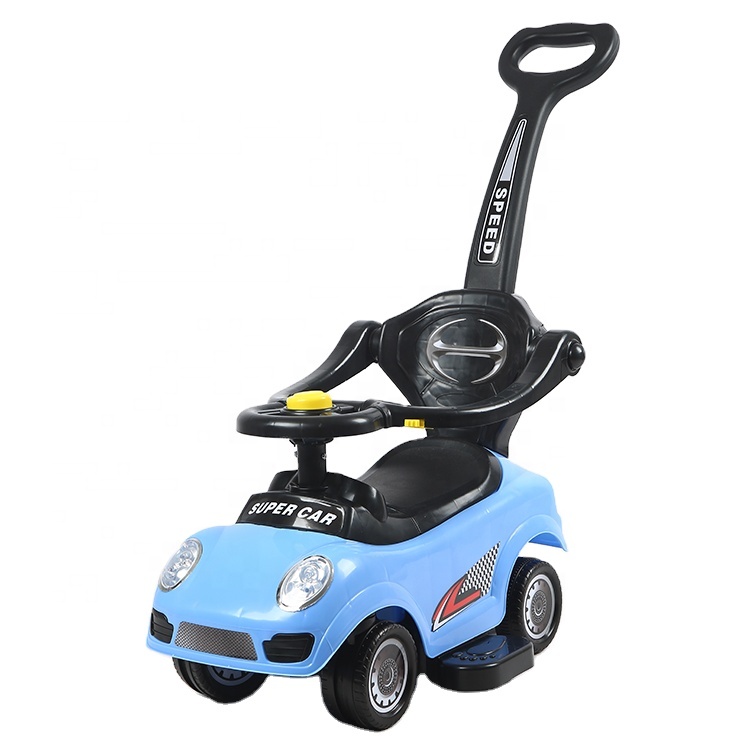CE Certification for Infant Car Seats and Strollers Safety Standards and Compliance Guidelines
Understanding CE Certification for Baby Car Seats and Strollers
When it comes to ensuring the safety and well-being of infants and young children, the importance of high-quality products cannot be overstated. Among the most crucial items in this regard are baby car seats and strollers. For manufacturers and consumers alike, understanding the standards that govern these products, particularly CE certification, is essential.
What is CE Certification?
CE marking, short for Conformité Européenne, is a certification mark that indicates a product conforms to European Union (EU) health, safety, and environmental protection standards. For baby car seats and strollers, CE certification demonstrates that the product complies with stringent EU regulations, ensuring it is safe for use by children.
The CE marking is not just a formality; it signifies that the manufacturer has adhered to the EU directives that are relevant to the product category. This includes various regulations covering materials, manufacturing processes, and performance tests. A product with a CE mark undergoes rigorous testing to verify that it meets the necessary safety requirements before it reaches the market.
Why is CE Certification Important for Baby Car Seats and Strollers?
1. Safety Assurance The primary reason for seeking CE certification is safety. Baby car seats and strollers are specifically designed to protect children during transport, making safety features paramount. CE certification ensures that products have been tested for various safety aspects, such as stability, restraint systems, and flammability.
2. Market Access For manufacturers, having CE certification is essential for marketing products within the European Economic Area. Without the CE mark, products cannot be sold legally in EU countries. This requirement encourages manufacturers to adhere to safety standards, fostering an overall safer environment for consumers.
3. Consumer Trust For parents and caregivers, the presence of a CE mark on a baby car seat or stroller acts as a reassurance. It reflects the manufacturer's commitment to safety and quality, making consumers more likely to choose certified products over non-certified ones. This trust can play a significant role in purchasing decisions, especially for first-time parents.
4. Regulatory Compliance CE certification not only meets requirements set by the EU but also helps manufacturers stay updated with the latest safety regulations. The certification process necessitates continuous improvement and innovation, ensuring that products evolve alongside emerging safety standards and consumer expectations.
ce certification baby car seats and strollers

The CE Certification Process
For a baby car seat or stroller to receive CE certification, the manufacturer must follow a series of steps
1. Identify Applicable Directives The manufacturer must determine which EU directives apply to their product. For baby car seats and strollers, this might include the General Product Safety Directive, the Regulation on Personal Protective Equipment, and others pertinent to child safety.
2. Technical Documentation The manufacturer must compile technical documentation that demonstrates compliance with the relevant directives. This documentation typically includes design specifications, risk assessments, and test results.
3. Testing by Notified Bodies In many cases, an independent third-party organization, known as a Notified Body, conducts product testing. This external evaluation is crucial for verifying that the products meet all safety standards.
4. Declaration of Conformity Once testing is complete and the product passes, the manufacturer issues a Declaration of Conformity, affirming compliance with the relevant EU legislation. The CE mark can then be affixed to the product.
5. Continuous Monitoring CE certification is not a one-time process. Manufacturers must continuously monitor their products to ensure ongoing compliance, keeping updated with changes in regulations and safety practices.
Conclusion
CE certification is a vital aspect of the manufacturing and purchasing processes for baby car seats and strollers. It provides crucial safety assurances to parents while simultaneously facilitating market access for manufacturers. As a consumer, being informed about the significance of the CE mark empowers you to make safer choices for your child. When in doubt, always look for the CE certification, ensuring that the product has met stringent safety standards and is designed with your child’s well-being in mind. In an age where safety is paramount, understanding and recognizing this certification can have a profound impact on protecting the littlest members of our families.
-
Kids battery power car baby four-wheel off-road vehicle children electric toy carNewsMar.07,2025
-
New Hot Design Factory Wholesale Light Weight Small Folding Size Baby StrollerNewsMar.07,2025
-
2022 newest factory boys and girls powerful battery operated 4-wheel ride on electric carNewsMar.07,2025
-
2022 newest factory boys and girls powerful battery operated 4-wheel ride on electric carNewsMar.07,2025
-
Kids battery power car baby four-wheel off-road vehicle children electric toy carNewsMar.07,2025
-
toddler electric atvs manufacturerNewsMar.07,2025
